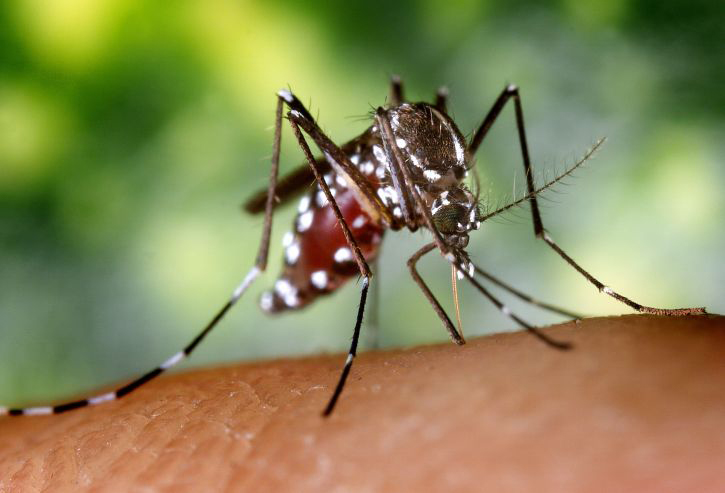This year’s warm, wet spring seems to have brought with it more mosquitoes. With West Nile virus in Oregon and Zika slowly moving north, we have a window of opportunity to establish sound practices to manage the growing threat of mosquito-borne diseases. To wait invites an ill-conceived response that causes more harm than good.
Though many parts of the U.S. are not in the current range of Zika-transmitting mosquitoes, due to environmental changes and globalization — concern is justifiable. The photos of Brazilian children born with microcephaly are heart-wrenching. The possibility of a steep rise in birth defects and other health risks from Zika is daunting.
The Zika cases diagnosed in the United States so far have been linked to people who brought the disease back from other countries. In other words, no mosquitoes in the United States are infected with Zika — yet. The current range of Aedes aegypt and Aedes albopictus (the two mosquito species known to transmit Zika) extends coast to coast across the southern U.S., into upper portions of the midwest, and along the east coast as far north as New Hampshire and into southern Maine. While not currently found in the northwestern U.S., their ranges are spreading.

In many parts of the world, including the United States, spraying pesticides is the knee-jerk reaction to mosquitoes. Some people think that pesticides are a silver bullet, and that we can control mosquito-borne diseases by simply spraying where adult mosquitoes are found.
Such simple approaches rarely work. Data from the last 150 years illustrates that relying on broad-scale insecticide spraying is not effective at managing mosquitoes.
Insecticides can also have profound impacts on the natural world, harming insects that are food for birds and fish as well as the bees that pollinate our food. Some mosquito management insecticides are linked to human health risks, including cancer.
Fortunately, we have years of experience to guide us in effectively managing mosquitoes that transmit disease. The Centers for Disease Control and Prevention and the World Health Organization agree on the overarching methods to manage mosquito-borne illnesses.
From a community perspective, surveillance is key. Local governments can monitor for the mosquitoes that transmit Zika and mosquito-borne diseases. If those species are present, the next step is to determine breeding locations so that breeding sites — often no more than an old tire or a blocked gutter — can be drained or treated to eliminate larval mosquitoes. Additionally, an active program to inform the public about how to minimize mosquito populations and limit the chances of getting bitten should be a component of a community’s mosquito management plan.
While local governments must take an active part in these prevention efforts, so must community members. Removing stagnant water in your yard can go a long way toward stopping both nuisance and disease-transmitting mosquitoes.
To stem the tide of harm caused by Zika and other mosquito-borne diseases, it is vital that we act strategically — and take an approach informed by science, not fear. A century and a half of experience clearly demonstrate that indiscriminate use of insecticides throughout our communities is not the answer. Rather, we should heed the advice of public health officials and ensure solid prevention and early intervention methods are in place before Zika arrives.
Co-authored by Scott Hoffman Black, Executive Director and Aimee Code, Pesticide Program Director



